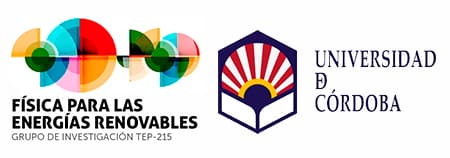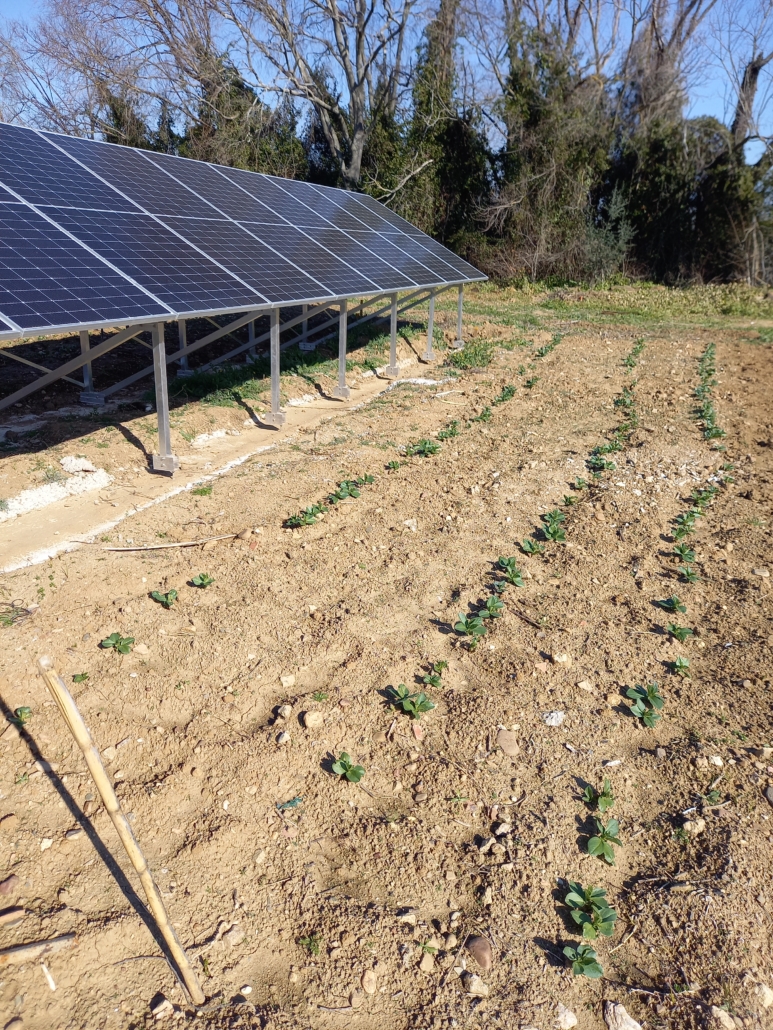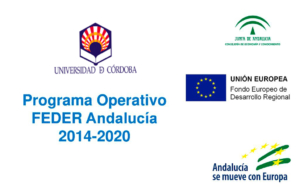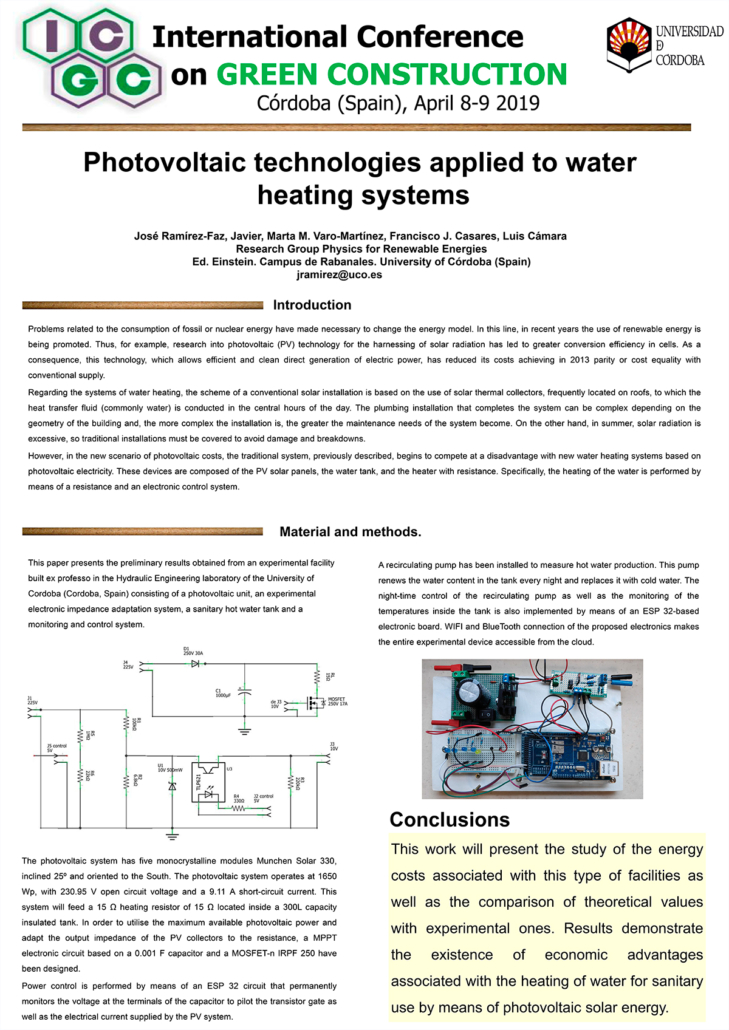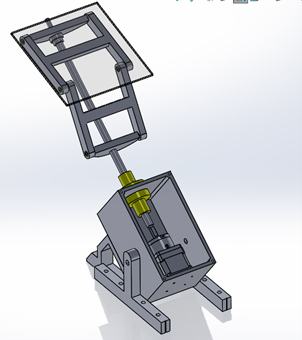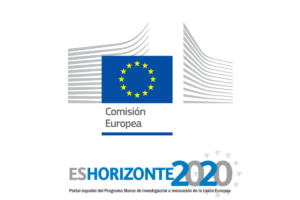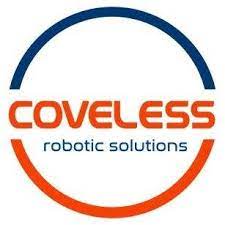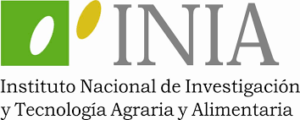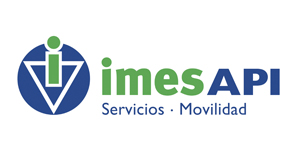Photovoltaics: sizing and technological improvements
- REFERENCE: SMARTFOOD
- PRELIMINARY APPLICATION: National
- FINANCING ENTITY: Ministry of Science, Innovation and Universities
- FINANCING: 697.500€
- DATE/PERIOD: 01-12-2020 to 30-06-2023
- RESEARCH LINE: Photovoltaics: sizing and technological improvements
Abstract
The objective of this initiative, led by the Agricultural and Fisheries Management Agency (Agapa), is to make technological monitoring infrastructures available to the sector to monitor the effects that the different exploitation practices of natural resources have on the environment . The development of this project will allow knowing the impact of the policies applied to date and, if necessary, making the corrections deemed appropriate.
As for the way to proceed, «Smartfood» contemplates as a requirement that the e-infrastructures respond to the demands of the three large groups of users (researchers and scientists, public and private managers, and citizens in general) and is committed to collaboration directly from the representative entities of the Andalusian agricultural sector (Agri-food Cooperatives and the professional agricultural organisations Asaja, COAG and UPA).
Among the actions contemplated by the project are the launch of a nanosatellite to obtain specific data from farms, the development of driverless vehicles equipped for agricultural tasks or the implementation of a network of sensors on public farms to carry out precision agriculture and in coastal waters for the control of toxins in bivalves. It also includes the construction of an intelligent irrigation machine to optimise water resources to the maximum.
